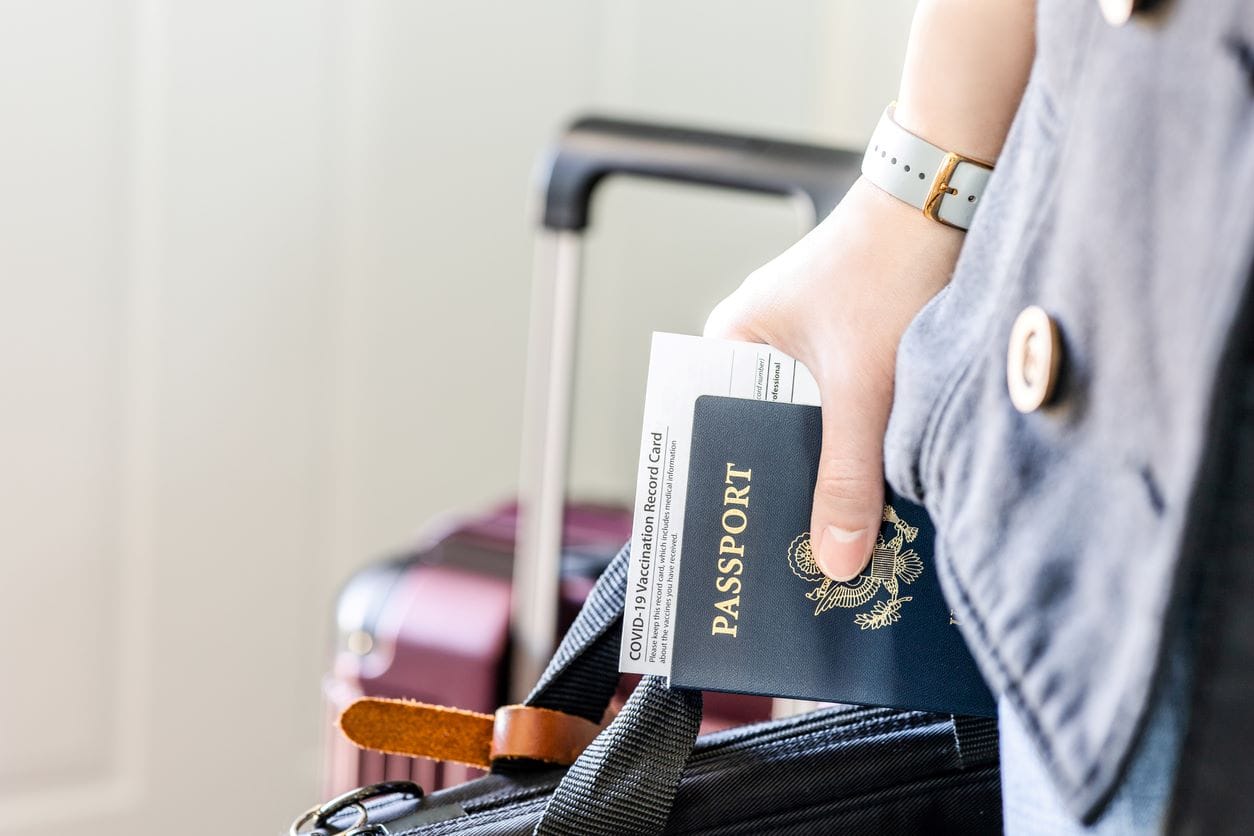
Working in the pest control industry, we sometimes tend to be overly aware of insect problems. And bed bugs are a growing problem around the world. Whether it’s during the holidays or summer vacation, everyone who travels— or even leaves their homes—is at risk of bringing home one or more unwanted “guests.” Bed bugs have been found in hotels, apartments, libraries, schools, fire stations, office buildings—basically any place where there are humans.
With the height of the travel season upon us, we would like to share some of the common questions we hear about bed bugs and provide answers so you can learn what you need to do to identify and avoid bed bugs while you travel.
What do bed bugs look like?
Bed bugs are small (usually 1mm to 7mm) and reddish-brown in color. They are fairly flat and do not have wings. Bed bugs feed on the blood of humans and animals. Their flat shape allows them to hide easily in cracks and narrow spaces, where they can survive for months without blood. While bed bugs are not known to transmit any diseases, their bites can cause allergic reactions in sensitive people.
How can I avoid bed bugs when I travel?
When it comes to bed bugs, prevention is the best alternative. Here are some steps you can take to minimize your risk of bringing bed bugs into your home:
- Check your hotel room immediately for bed bugs. When you get into your room, place your bag(s) in the bathtub and head to the bed. Pull the covers back and look at the seams of the mattress and box spring for signs of live bugs, molted skin, or dark/rusty spots of excrement. Check behind the headboards, look at the baseboards, and scan where the ceiling meets the wall for signs of live bugs or small stains. Note any suspicious smells. If you find bugs, grab your suitcase from the tub and head back to the front desk. Try another room on a different floor (infestations are sometimes isolated) or switch hotels.
- Do NOT unpack your clothes and store them in a dresser. Hang things up or leave them in your suitcase.
- Bring a large yard bag and store your suitcase in it while you are at the hotel. When you are ready to leave, pack all your clothes inside the plastic bag and then place it in your suitcase.
- When you arrive home, remove your dirty clothes bag and wash clothes immediately on the hottest setting. Brush or vacuum your suitcase and bags before storing.
While these steps are not a guarantee you won’t get bed bugs, taking precautions will definitely lessen the chances you’ll have to deal with an infestation at home.
How do bed bugs get in my house?
Bed bugs can hitch a ride on your clothes, your purse, your briefcase, or your luggage quite easily. They prefer to hide in the folds of fabric or the seams of your suitcases, so you may not notice they are there. Females may lay approximately five eggs a day throughout their adult lifespan (up to 18 months), and eggs hatch in 4-12 days. It doesn’t take many stowaways to quickly turn into an infestation!
How do I know if I have bed bugs?
The bugs tend to hide during the day in dark areas near where humans sleep. You should inspect your home regularly. Look at the seams of mattresses or bedding, around baseboards, and in cracks and crevices of furniture. Your sheets and pillows may show signs of small blood spots, dark/rusty spots of bed bug excrement may also be present, or you may see egg shells or molted skins on bedding or furniture. Bed bugs give off a sweet, musky scent that you may also smell in your bedroom or other infested areas. You may also notice bites on exposed parts of your body.
How do I get rid of bed bugs?
Bed bugs can be very difficult to eliminate. They have developed a resistance to many insecticides, and the “do it yourself” home remedies we’ve heard about simply don’t work. Heat is often the best option to kill bed bugs, however most homeowners do not have the equipment to generate sufficiently high heat for a sustained period of time to do the job. Your best bet is to call a professional.
Identifying and treating bed bug infestations as quickly as possible will make their extermination easier and make the likelihood of recurrence less. High quality mattress and box spring encasements can also help prevent re-infestation. While thermal heat treatments are highly effective, upholstered furniture or mattresses that are infested with bugs deep inside may have to be destroyed as the heat cannot penetrate and kill the bugs.
If you are concerned you have bed bugs, contact a professional for an inspection and, if required, a treatment plan. Clegg’s Pest Control offers free residential bed bug inspections. Call 888-MRCLEGG today.
